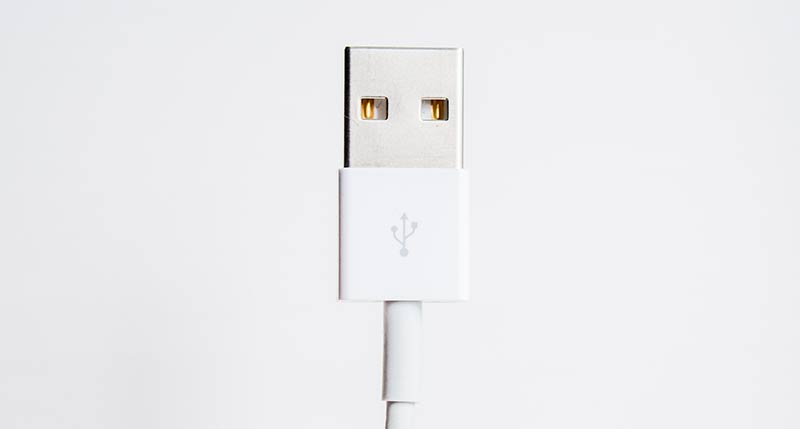Harmonized standards describe in detail how the overall requirements of the directive can be met. They apply in all EU countries and replace any national standards. The difference between European standards and harmonized European standards is that the harmonized standards have been commissioned by the EUROPEAN Commission. The European harmonized standards relate directly to the directives and help to ensure the free movement of products. By complying with the standards, manufacturers are sure that they meet the corresponding essential health and safety requirements of the directives.
When the EU adopts a directive and it is subsequently made national legislation, everyone who markets products/services in Europe shall be able to document that they meet the requirements of the directive.
In some cases, yes!
Directives are legislation and must, of course, be followed. Standards are recommendations and, as a general rule, using a standard is voluntary. However, there are some exceptions where you must comply with a standard.
If you do not use the harmonized standards, you must document your solution yourself. However, if you use the standards that are made for a particular directive, referring to the standards in your documentation will suffice.
Harmonized standards and related directives
Harmonized standards and related directives
94/62/EF
Packaging and packaging waste
2008/57/EF
Rail system: interoperability
1223/2009
Cosmetic products
2001/95/EF
General product safety
1907/2006
Chemical substances (REACH)
Harmonized standards and related directives
97/67/EF
Postal services
765/2008 (EF) - 1221/2009 (EF)
The new legislative framework and the eco-management audit scheme (EMAS)

